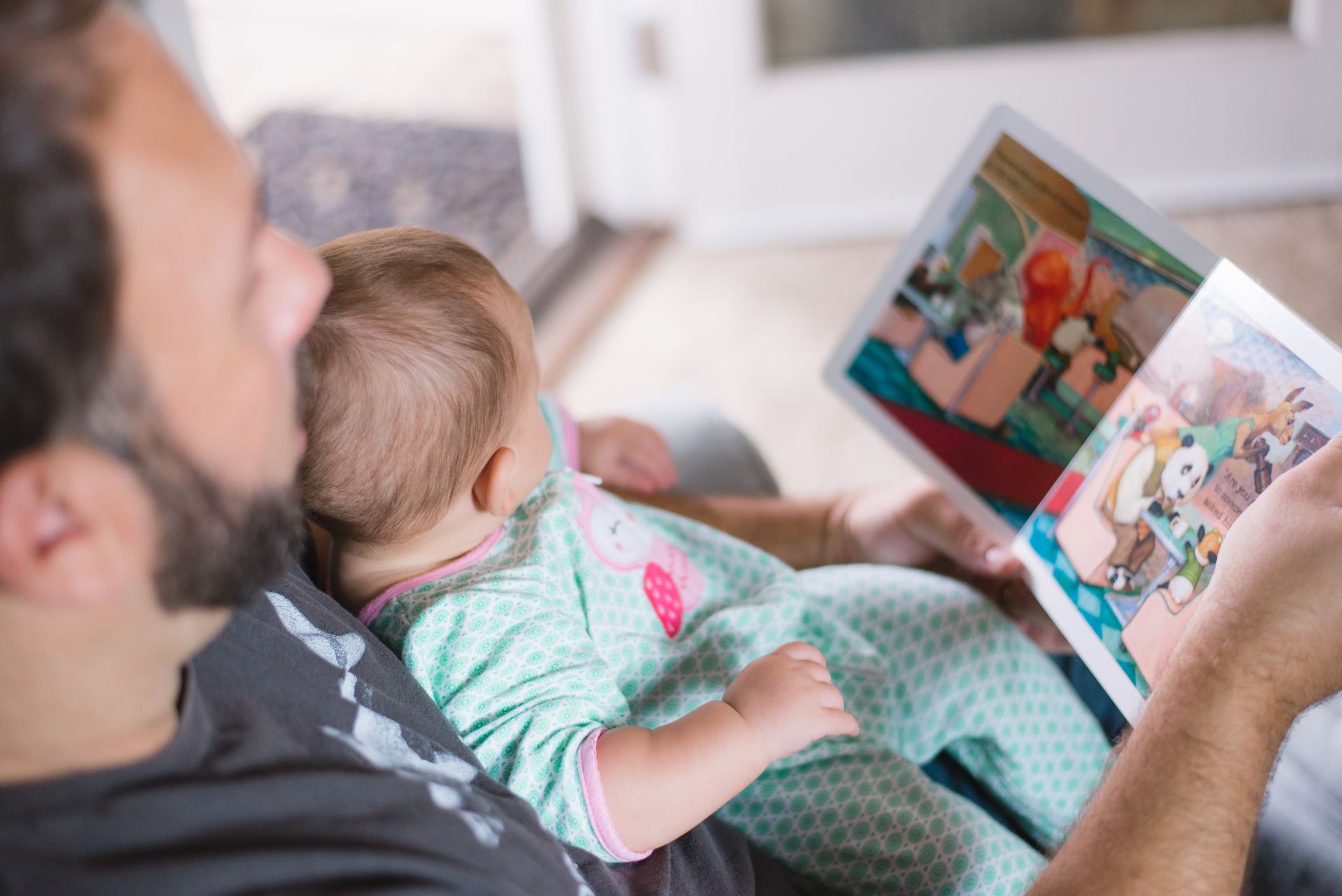The Power of Connection:
How our social brain sets the stage
By Tiffany Fuller, LMFT
Recently I took a trip to Brooklyn to meet my three month old nephew, Oak, and to celebrate his big brother Micah’s third birthday. For a weekend I time traveled back to the days of diaper changes, peek-a-boo, and songs that make clean up time a little more fun (at least, that’s the hope). Being with the boys was a tangible reminder of the subtle, yet powerful ways that relationships with primary caregivers in early childhood shapes our experience of self and another. Responsive, attuned care helps create a neurobiological foundation of security, connection and differentiation- or, as British psychologist and child development expert John Bowlby noted-a “secure base”. This healthy attachment serves as a resource and roadmap for adult relationship. In contrast, if the dance of connection is ruptured and left unrepaired, this is then encoded as physiological and emotional danger signs, which often direct the relational course long after the “danger” has passed. To illustrate how secure attachment forms, let’s return to baby Oak.
During my trip, I spent hours holding my nephew. He would settle into my lap and smile at me, gurgling and cooing. And, of course, I cooed right back. He stared at me and chortled; I gazed into his wide blue eyes chortling in return. It was reflexive. When Oak made quirky baby sounds and I responded, we both wound up grinning…it was a mutual feedback loop of delight! As we synchronized in this subconscious “dance” of attunement, mirror neurons were activated and neuronal connections formed that allowed Oak to integrate sensory information and repeated behavior, encoding it as a felt sense of safety and comfort. Through his parent’s reliable, emotionally tuned-in caregiving, baby Oak was developing a secure attachment, and that weekend I got to participate in strengthening those mental maps.
When an infant’s primary caregiver (often, but not always the mother) responds with consistent nurture— baby is comforted when distressed, fed when hungry, changed when wet, and baby’s need for play and rest is attended. Over time, he develops a healthy attachment, an internalized mental representation of the caregiver, which acts as a secure base from which he explores the world. Repeated experiences of responsive, sensitive caregiving allow the baby to use mother’s emotional state as a stabilizing resource. He forms mental maps that help him anticipate that his needs will be met. As disruptions in the relationship occur (for example, if mother takes longer than normal to feed baby), these are repaired quickly and the sense of connection is reestablished. These patterns are encoded in implicit memory. The baby then learns that s/he can be sad/mad/uncomfortable, and, concurrently, safe and secure. Implicit memory is nonverbal, subconscious, and consists primarily of images, sensory information, and repeated patterns of behavior. It allows the baby to expect particular responses. The baby learns, when I smile, mother smiles; when I cry, mother cuddles or feeds me. Through this attuned response, baby gains his first sense of self. He knows himself as safe and good, initially through the loving gaze and consistent care of the other.
Our capacity to co-regulate—to both receive and offer a felt sense of support, safety and connection, continues to develop as we grow. As shown above, our brains are “social,” structured to make sense of information about ourselves and the world around us, in the context of relationship. We begin life dependent on another and then mature, experiencing ourselves as both different (individual) and deeply connected to others (belonging/interdependence).
However, many discover as adults, that there are steps of the dance that relationship in their family of origin did not teach them. Sometimes the gaps in experience affect our sense of separate but connected. Missed steps may make it difficult for a person to feel secure when a loved one has “negative” emotions; the inner map may flash the signal “I’m not okay if you’re not okay”. Others value competence and independence, but fear the vulnerability that comes with sharing their inner world. That seems dangerous. This map may read “I am only valued for what I do, not who I am” or “It is better to be safe than risk rejection”.
Reflection points:
Where do you feel out of step with yourself or others?
What messages have you believed about yourself that are outdated, incomplete or false-and how does this affect what you do?
When do you feel most connected or alive?
How do you sustain that sense of connection in your daily life?
The good news is that human beings have an amazing capacity for growth. Contrary to previous understanding, our brains continue to develop throughout the lifespan. We can rewire neural pathways as we learn to pay attention to moments of connection with “the good” and allow them to settle in. So, take a breath--Notice how it feels in your body. Notice what thoughts and emotions arise, tune-in to images that bubble up when you let yourself recall positive experience. Over time these moments become a neural network toward contentment and inner resting place to return to when life’s challenges occur.
Author: Tiffany Fuller, LMFT. Tiffany is a Licensed Marriage and Family Therapist in the State of Oklahoma and, also a clinical member at Transforming Life Counseling Center.







